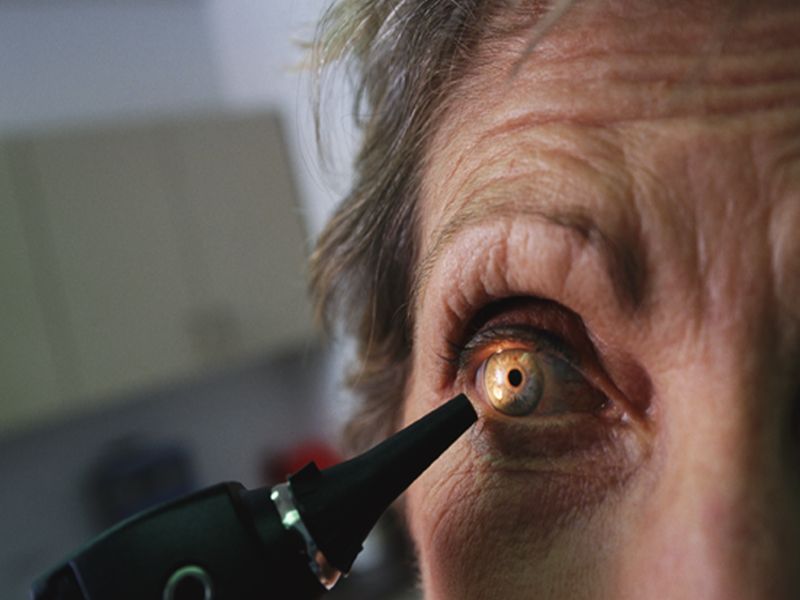
FRIDAY, Nov. 9, 2018 (HealthDay News) -- Age-related eye disease is a worldwide problem that costs people not only their vision, but also hundreds of billions of dollars globally. So an international research team decided to look into ways to prevent or treat this type of vision loss.
The investigators discovered that calcifications in the retina -- the thin layer of tissue that lines the back of the eye -- raise the risk of advanced age-related macular degeneration (AMD).
"Our research revealed that early changes in the back of the eye can lead to the build-up of hard mineral deposits, made of calcium and phosphate," said study author Imre Lengyel. He is a senior lecturer and researcher at Queen's University Belfast, in Northern Ireland.
"The build-up of these mineral deposits are an indicator of irreversible damage of the retina," Lengyel said in a university news release.
For the study, the researchers analyzed clinical images from AMD patients and found that calcified nodules in the retina increased the risk of progression to advanced AMD by more than six times.
The new findings could improve treatment of AMD, the leading cause of vision loss in older people worldwide. Currently, there is no treatment for most people with AMD.
With further research and early intervention, some AMD patients could be treated with simple measures such as changing their diet, according to the scientists.
Study co-author Christine Curcio said, "By fully understanding the causes behind the changing environment in which these large, damaging nodules grow, we could design new ways to intervene with their growth earlier in the disease process than is currently possible." Curcio is a professor of ophthalmology at the University of Alabama at Birmingham.
"Identification of these risks associated with disease progression in the eye, especially in the retina, could become a diagnostic tool for monitoring the progression of retinal degeneration," she said.
"This allows ophthalmologists to counsel their patients more wisely and also allow us to think about slowing or halting the progression of disease, earlier in its course," Curcio added.
The findings were published Nov. 7 in the journal Science Translational Medicine.
More information
The U.S. National Eye Institute has more on AMD.
Back

The news stories provided in Health News and our Health-E News Newsletter are a service of the nationally syndicated HealthDay® news and information company. Stories refer to national trends and breaking health news, and are not necessarily indicative of or always supported by our facility and providers. This information is provided for informational and educational purposes only, and is not intended to be a substitute for medical advice, diagnosis, or treatment.






